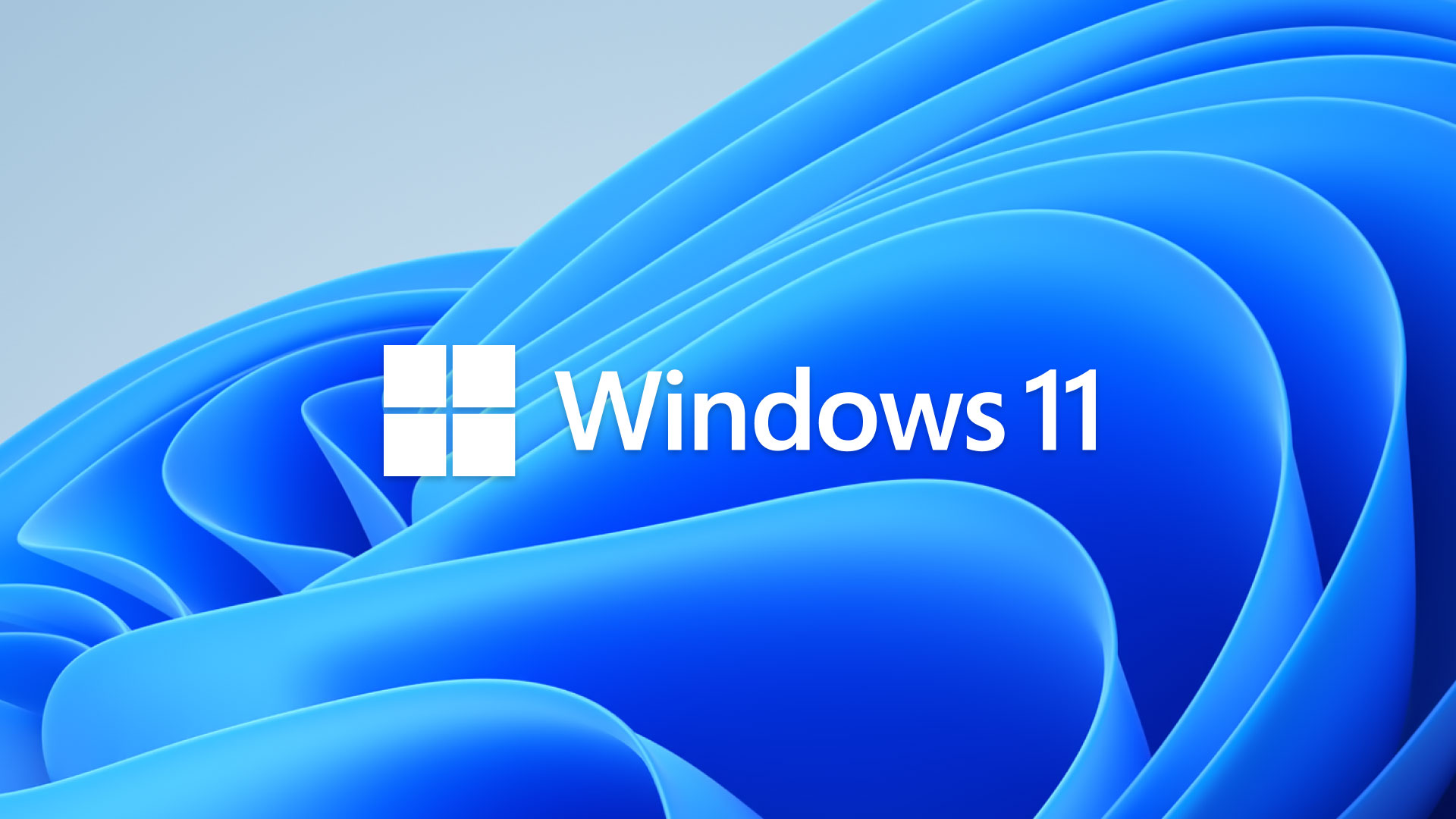Tech Grovestudies
To set up or install Windows on your computer, follow these steps:
 |
| Windows 11 |
1. System Requirements:
Make sure your computer meets the minimum system requirements for the version of Windows you want to install. Microsoft provides these requirements on their official website.
2. Obtain Windows Installation Media:
You will need a Windows installation disc or a bootable USB drive with the Windows setup files. You can create a bootable USB using the official Windows Media Creation Tool available on Microsoft's website.
3. Backup Your Data:
Installing Windows will usually erase all data on your computer's primary drive. So, it's crucial to back up any important files to an external drive or cloud storage to prevent data loss.
4. Change Boot Order:
Insert the bootable Windows installation media (DVD or USB) into your computer and restart it. During the boot process, enter the BIOS or UEFI settings (usually by pressing a specific key like Del, F2, F12, or Esc) and change the boot order to prioritize the media containing the Windows installer. Save changes and exit.
5. Windows Setup:
After restarting, the computer will boot from the Windows installation media. You'll see the Windows Setup screen. Choose the language, time, currency, and keyboard input method, then click "Next."
6. Install Now:
Click on "Install Now" to begin the Windows installation process.
7. Enter Product Key:
If prompted, enter your Windows product key. This is usually found on the Windows packaging or in the email if you purchased a digital copy.
8. Accept License Terms:
Read and accept the Microsoft Software License Terms.
9. Select Installation Type:
Choose between "Custom: Install Windows only" or "Upgrade: Install Windows and keep files, settings, and applications" (if you're upgrading from a previous version of Windows).
10. Partitioning (Custom Install Only):
If you selected the custom installation, you'll need to create or select a partition on your hard drive where Windows will be installed. You can choose to format the partition for a clean installation.
11. Install Windows:
Select the partition where you want to install Windows and click "Next." The installation process will begin, and your computer may restart several times during the process.
12. Set Up Windows:
After the installation is complete, you'll be prompted to set up Windows. Follow the on-screen instructions to configure your language preferences, time zone, account settings, and network connections.
13. Windows Update and Drivers:
Once Windows is set up, make sure to connect to the internet and run Windows Update to download the latest updates and security patches. Additionally, install the necessary drivers for your hardware to ensure optimal performance.
14. Install Applications:
Finally, reinstall any necessary applications and restore your backed-up data.
That's it! Your Windows installation is now complete, and you can start using your computer with the new Windows operating system.


